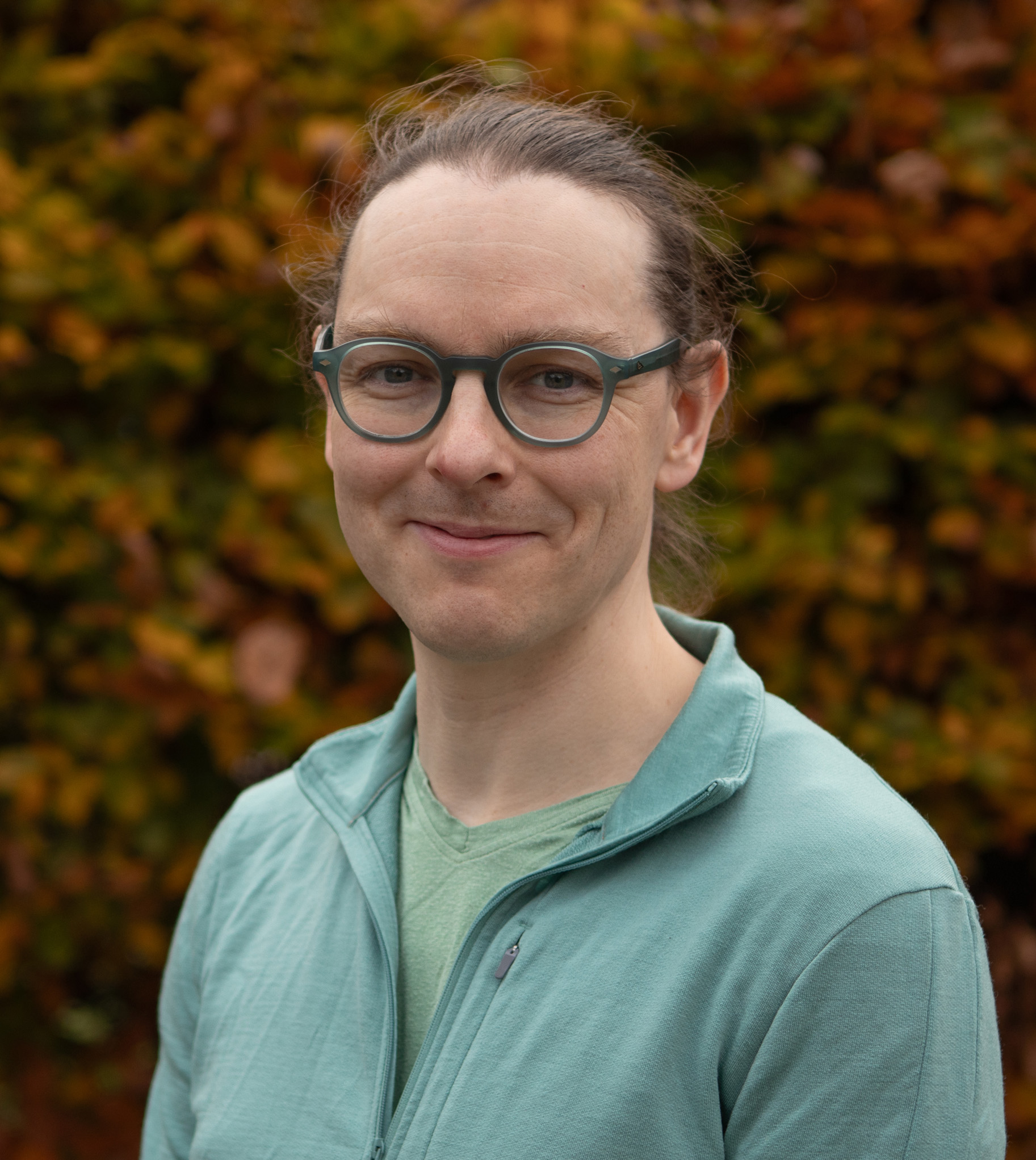Antenna Simulation, Design and Test
To successfully design an antenna and radome
system you have to understand the requirements
of the whole system and use a wide range
of techniques to produce a design that will
meet the specification.
We have experience in the simulation, design and
test of antennas from 1 - 100 GHz including:
- Antennas: For example AESA, patch, reflectors, monopulse and tracking radar antennas.
- Radome design and test: Radome design, using simulation, oversee of manufacture and test in an appropriate setting.
- Simulation: Bespoke numerical simulations, and use of electromangetic simulation packages such as HFSS and CST.
- Antenna test: Bench testing, anechoic chambers, compact ranges and free space ranges .
- Test data: Analysis of test and simulation data to inform design and manufacture.








